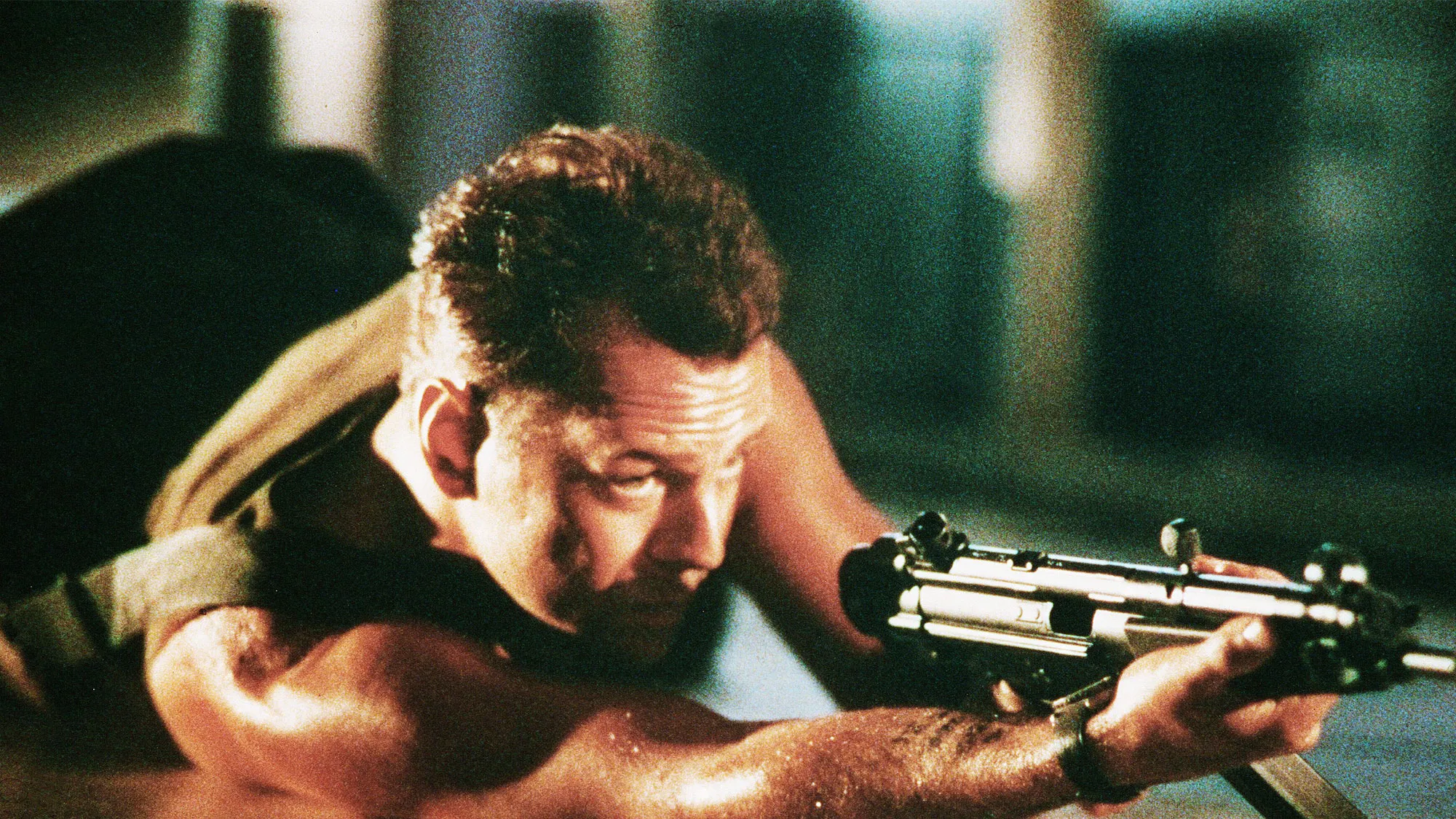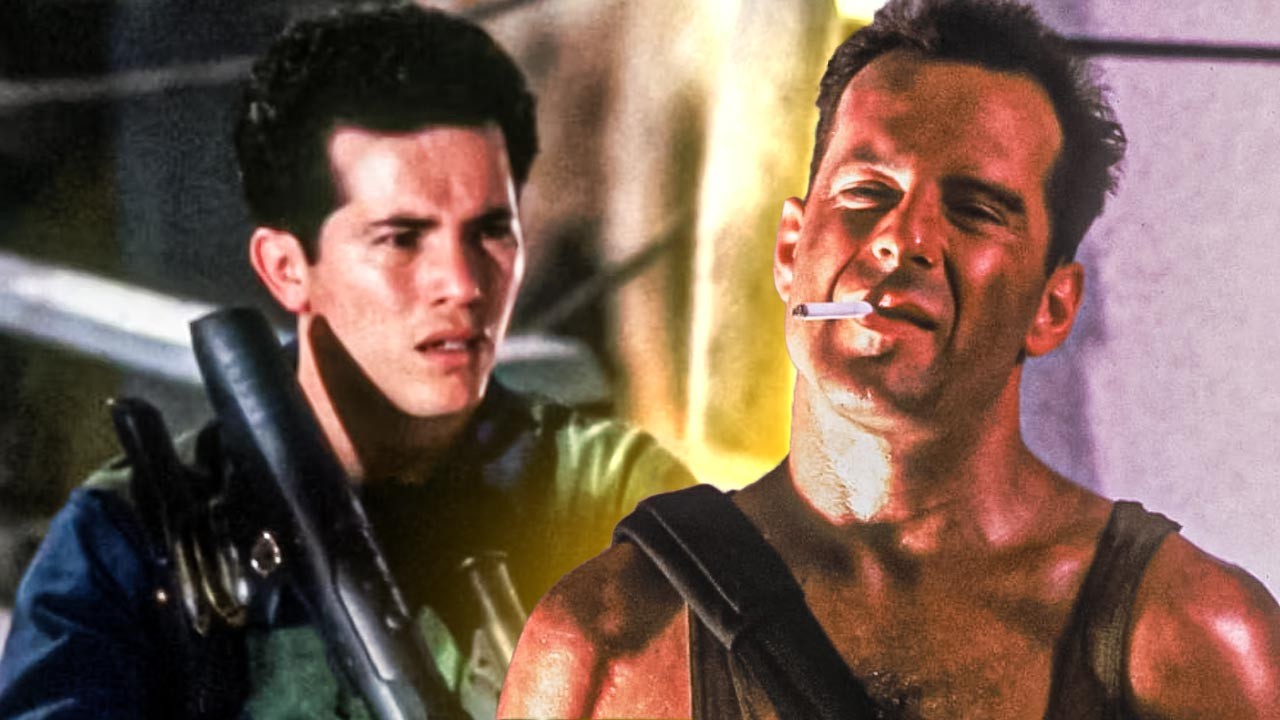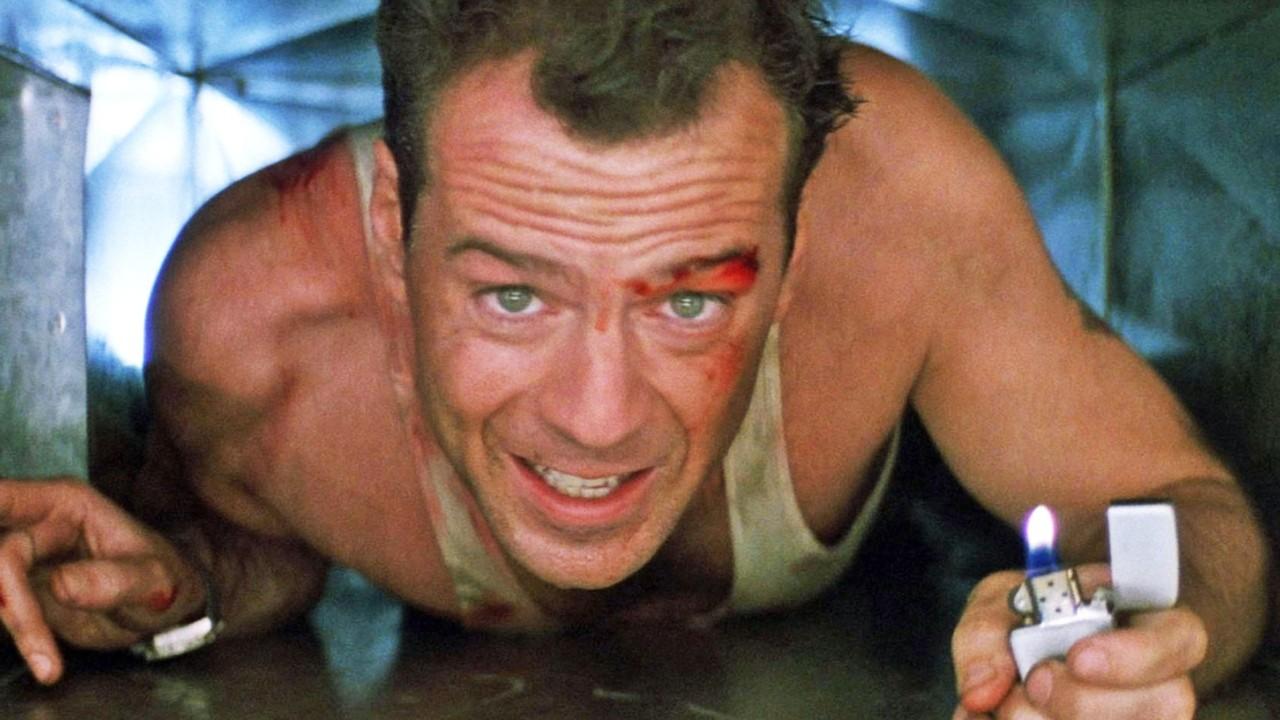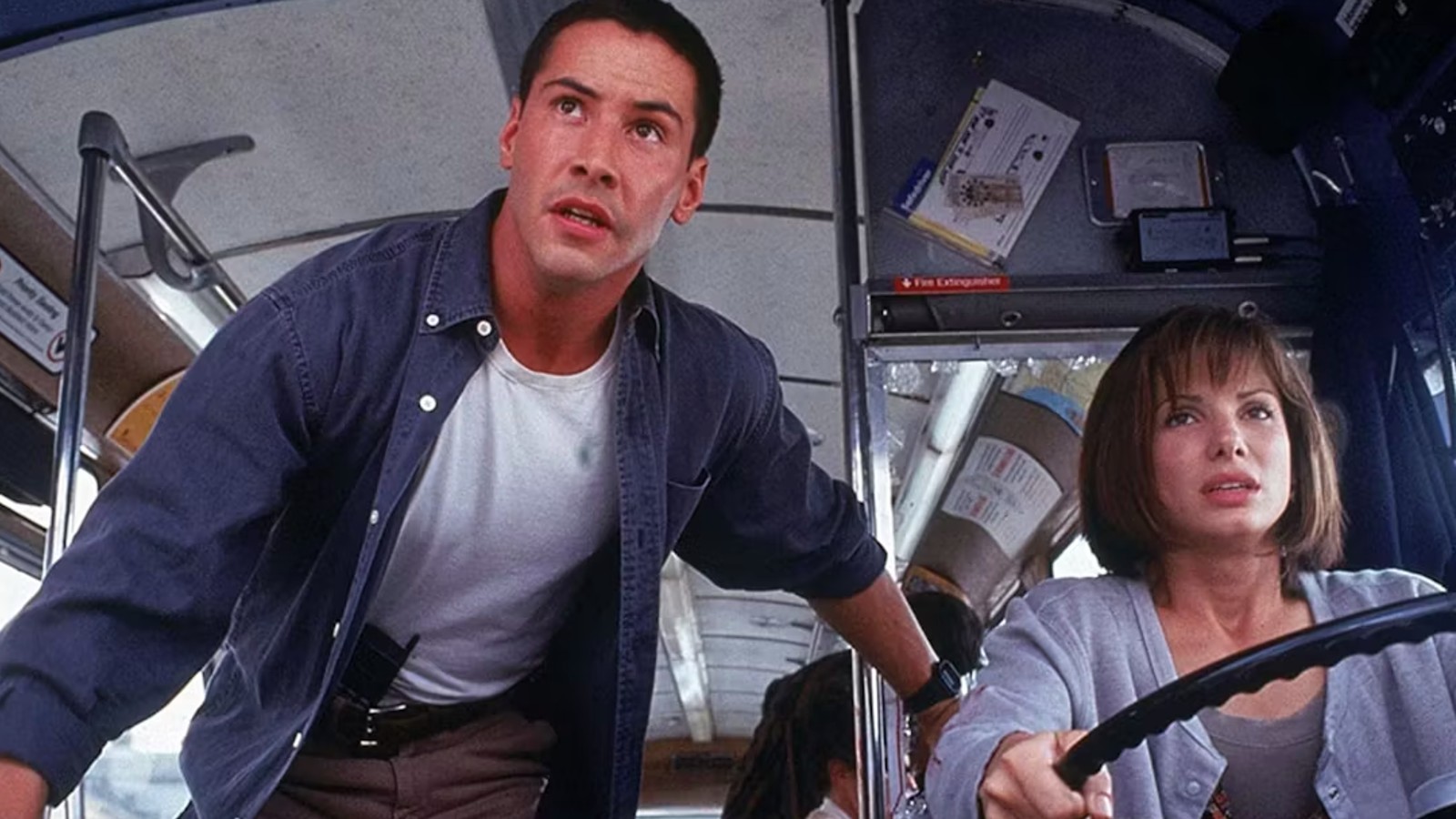As the roar of the iconic 90s thriller, “Speed,” echoes through its 30th anniversary, the film remains a standout, lingering in the minds of action enthusiasts. Released on June 10, 1994, by 20th Century Fox, “Speed” not only soared to the pinnacle of cinematic mastery but also sparked a debate that continues to this day: did it outperform Bruce Willis’ “Die Hard” despite their glaring similarities?
Directed by Jan de Bont in his directorial debut, “Speed” featured riveting performances by Keanu Reeves as the earnest hero and Sandra Bullock as the plucky civilian thrust into danger. This high-stakes chase across the city’s veins redefined the action genre for its era, transforming a simple premise into a nerve-wracking spectacle.

The Genius Behind ‘Speed’: A Simple Yet Explosive Concept
The brilliance of “Speed” lies in its simplicity—a bomb on a bus that will explode if the vehicle slows down below fifty miles per hour. This gripping concept forced characters into immediate action, making every decision a life-or-death dilemma. The idea, which originally began as a nod to Andrei Konchalovsky’s “Runaway Train,” was morphed into something even more thrilling by screenwriter Graham Yost.
The addition of a bus and a bomb escalated the stakes, turning a potential disaster into a masterclass in suspense and pacing.
Character Dynamics: The Heart of ‘Speed’s’ Success
One of the key differentiators between “Speed” and “Die Hard” is the character dynamics. While Willis’ John McClane is celebrated for his wisecracks and rugged persona, Reeves’ Jack Traven brings a sincerity and determination that makes him a hero to root for. This sense of urgency and focus is mirrored by Sandra Bullock’s Annie Porter, whose role is pivotal and far more integral compared to Bonnie Bedelia’s character in “Die Hard.”

The villains in both films also offer intriguing contrasts. Alan Rickman’s Hans Gruber is a calculated mastermind, whereas Dennis Hopper’s Howard Payne is a more volatile and emotionally driven antagonist. These differences in character depth and development provide “Speed” with a unique edge, enhancing the narrative complexity and audience engagement.
The Lasting Legacy of ‘Speed’ in Action Cinema
With a budget of $30-37 million and a whopping $350.4 million in revenue, “Speed” not only achieved critical and commercial success but also clinched two Academy Awards for its technical achievements. In comparison, “Die Hard” grossed about $140 million against a $25-35 million budget.
Reflecting on its long-standing appeal, which continues to captivate audiences during home viewings, “Speed” has certainly made its indelible mark in the action genre. Its blend of high-octane sequences, unforgettable characters, and a compelling narrative ensures that even three decades later, the film remains a benchmark for adrenaline-fueled cinema.

As we celebrate this quintessential action thriller’s milestone, it’s clear that “Speed” has not just survived the test of time—it has thrived, continually fueling our penchant for dynamic and high-stakes storytelling in action cinema.

